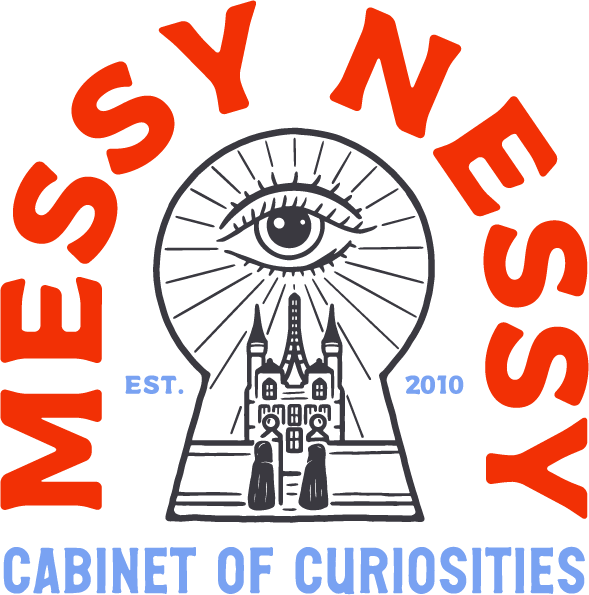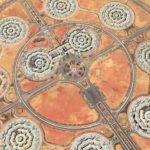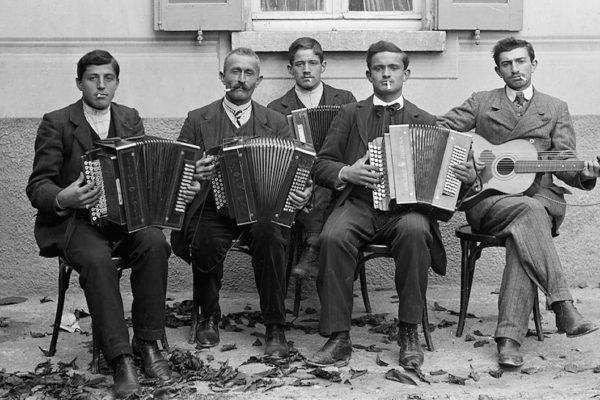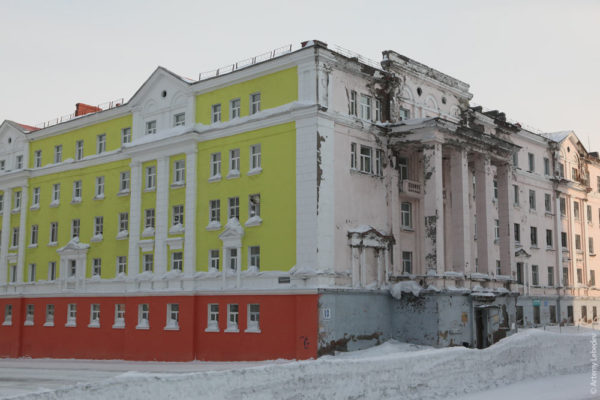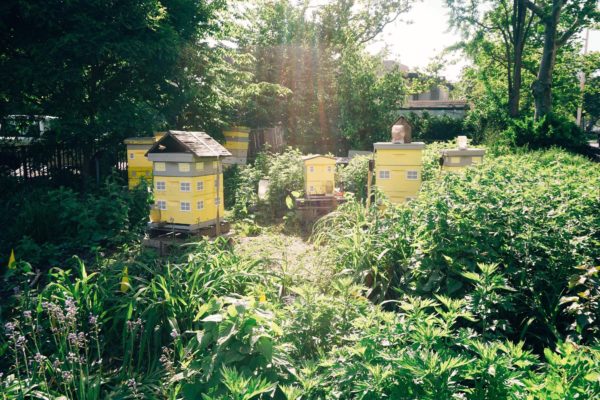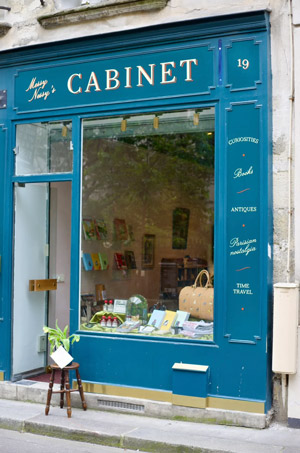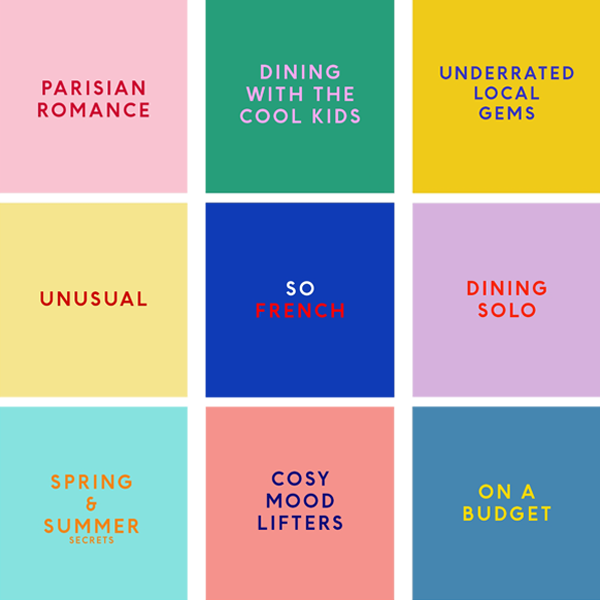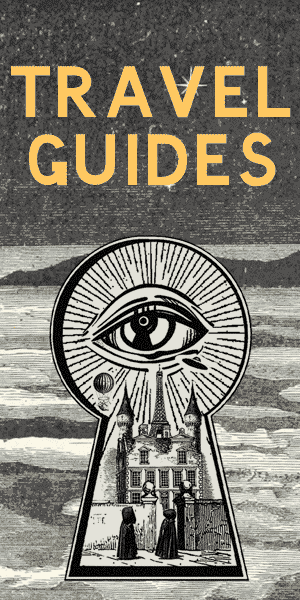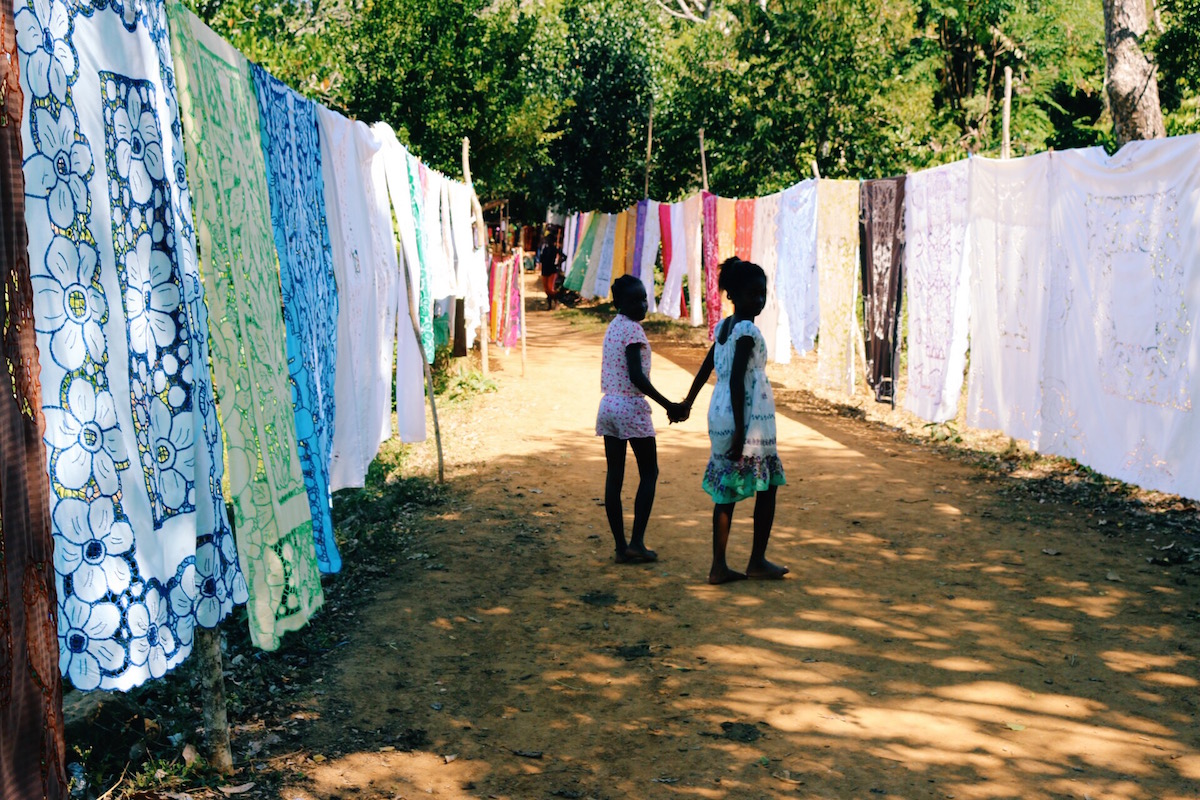
It was love at first sight when I first spotted them gently blowing in the ocean wind, the rainbow of colours and intricate textures changing as they played with the midday sun. As we floated through the village, a maze of kaleidoscopic alleyways created by walls of hanging embroidery, timid local girls peeped out curiously from behind the cloth, smiling bashfully and giggling before disappearing again.

Whoever wrote that “Nosy Be is Madagascar’s largest and busiest tourist resort”, should probably come and visit Nosy Be. Having read this a few times when googling our Madagascar mainstay, we were a little worried about seeing too many other tourists, only to be left wondering where everyone is hiding. The island and its colours have been ours since we arrived. We’ve not had to share one beach, one boat ride, not one heavenly sunset. And can you think of any place in the world where you even have the local market to yourself?
Follow me…

We set off by boat to reach Lokobe, the remotest part of Nosy Be, a protected nature reserve in the South East of the island, home to rare lemurs, panther chameleons, boa constrictors and other tropical species.

Guarding the entrance of the thick evergreen forest is a jungle book village called Ampasipohy, a community that can only be reached by water. It was here in this village that I found a technicolor paradise of local Madagascan embroidery.



Nosy Be’s travellers trickle over to the Lokobe reserve for the rare wildlife, but I think the real attraction here is this undiscovered, underrated market of embroidered treasures, offering some of the most exquisite examples in Madagascar.






What makes the embroidery so special and plentiful in this remote little village compared to anywhere else? Quite, simply, their makers have all the time in the world here. Cut off from the rest of the island by the protected reserve, the village of Ampasipohy is particularly isolated from the distractions of modern life.


Here, the ladies can spend weeks working on the same masterpiece, inspired by the colours of the bay, the tropical creatures in their backyard forest, and the shapes of the sea creatures brought in by the fishermen.





The only interruptions are the occasional visitors like us.

After our trek through their jungle, the locals welcomed us with a veritable feast of freshly caught mackerel, coconut-infused rice, and spicy crab, served in the village restaurant.






Surrounded by their artwork blowing in the wind, as you can see, we had this restaurant to ourselves too.


After we finished eating, they went right back to sewing and chatting away to each other in the shade of their beach huts. While a snooze on the beach seemed tempting, I’d spotted something worth skipping siesta hour…

You know I can’t resist exploring an abandoned hotel in paradise…


We were told the hotel had closed a while ago after the owner “forgot” to pay his taxes. There was also a property for sale with a beautifully manicured garden (see the photo with the cacti earlier in the post). Just in case you’re interested!

I could have stayed forever in this little technicolor village, but the last boat home was calling.

At least I got to take these two beauties home with me…


